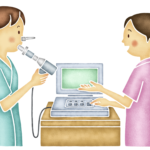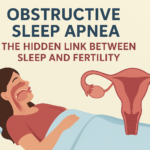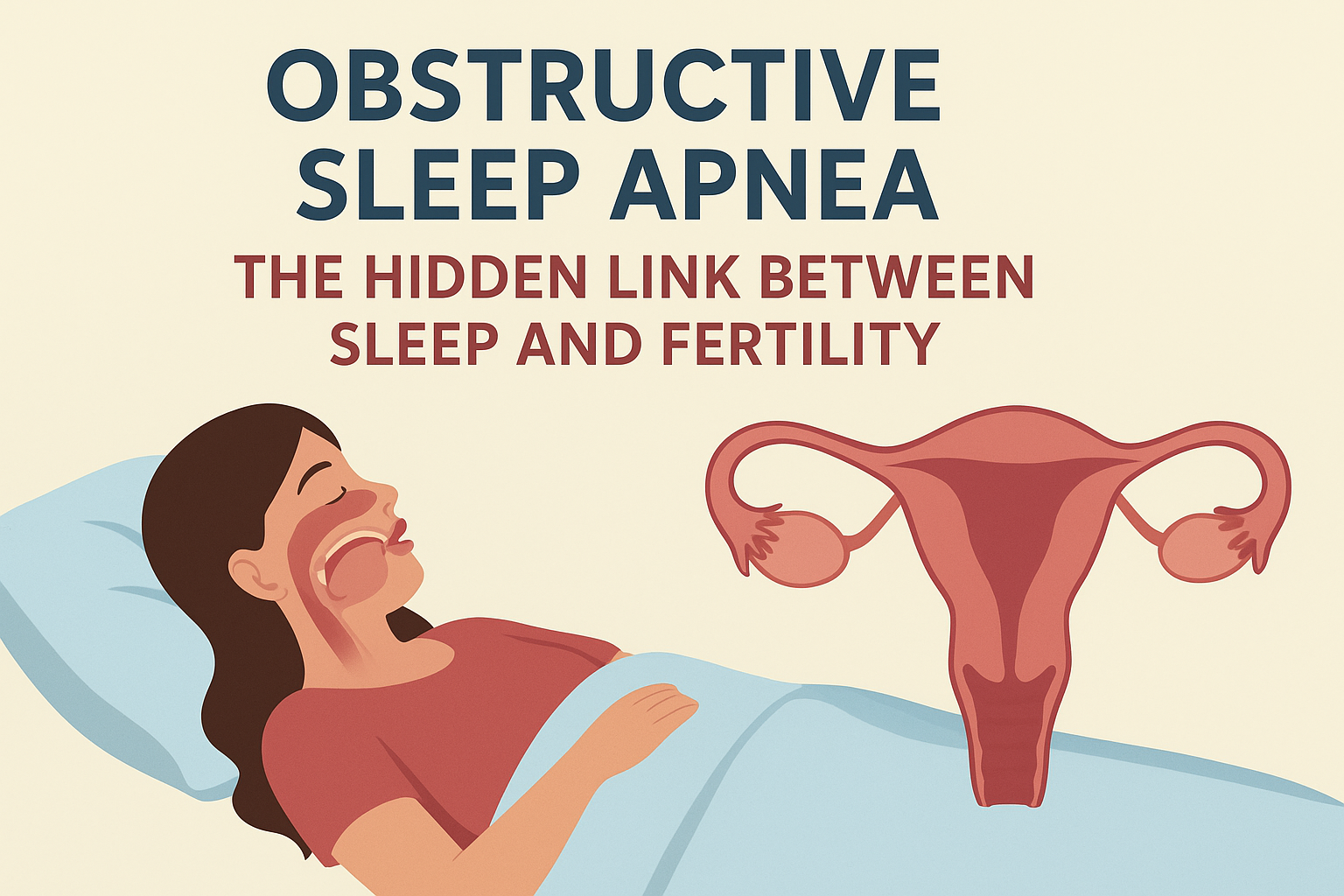
Obstructive Sleep Apnoea (OSA) is typically characterized by shortness of breath while sleeping. This is due to the narrowed or closed airway so much so that an individual wakes up due to breathlessness. This is the main symptom of OSA along with others like loud snoring, excessive daytime sleepiness, frequent awakenings during the night, etc. It is associated with various heart diseases and can increase the severity of existing heart conditions.
Association of OSA with Cardiovascular Problems:
OSA can have negative effects on blood vessels(arteries, veins, and capillaries) and the heart. It can lead to various cardiovascular problems such as hypertension(high blood pressure), atrial fibrillation(a form of irregular heartbeat), bradycardia(low heart rate), etc. It also makes it very difficult to keep hypertension under control. About 30% of the people suffering from hypertension suffer from OSA and people suffering from OSA have a 50% chance of developing hypertension. Those with severe OSA are at a four times higher risk of suffering from atrial fibrillation. Not getting treatment for OSA makes the management of atrial fibrillation very difficult. For a patient who is undergoing treatment for atrial fibrillation and not OSA, there is a 25% chance of recurrence of atrial fibrillation. Coronary artery disease (commonly known as the hardening of the arteries) is a condition that arises due to the narrowing of the blood vessels that supply blood to the heart. This leads to heart attack and heart damage. People with OSA are at a higher risk of suffering from this.
How Does OSA Affect the Heart?
OSA causes breathlessness during sleep. When this pause in breath occurs, the oxygen levels in the blood drop. Every time this happens, the body reacts by releasing adrenaline, a stress hormone. Over a period of time, the high levels of adrenaline contribute to high blood pressure. These frequent drops also damage the lining of the blood vessels. It also signals the heart to pump faster thereby raising the blood pressure. Disturbed sleep might also lead to the accumulation of low-density lipoproteins i.e. bad cholesterol in the walls of the blood vessels. This causes the clogging of the arteries resulting in poor heart functioning. Severe OSA increases stress on the heart causing it to expand. Such a heart cannot function efficiently. Thus it will not pump enough oxygen to the body parts.
Heart Rate Variability(HRV):
Heart rate variability is a measurement of time that varies between each heartbeat. It gives us an idea of how heart rate changes throughout the day. For example, if a person’s heart rate is 82 beats per minute, it does not mean that the beats are placed at regular intervals of time. This variation is attributed to our autonomic nervous system. This system is involuntary in nature and regulates vital systems like the cardiac, digestive, respiratory systems, etc. The autonomic nervous system has two major parts – the sympathetic and the parasympathetic nervous system. The sympathetic is involved in the fight and flight responses while the parasympathetic is the one that enables us to relax. The working of the two sub-systems is coordinated by and regulated by the inputs from the hypothalamus.
The more variability is there in the time period between heartbeats, the better it is. It indicates more flexibility and resilience of our body and mind. HRV represents a delicate balance between the functioning of both parts of the autonomic nervous system(ANS). When there is a greater impact on the sympathetic nervous system(SNS), the HRV scores decrease as the heart speeds up. When the parasympathetic nervous system(SNS) kicks in to slow down the heart, the HRV score increases. Thus, when both arms of the ANS are not in sync, the SNS might dominate to an extent that it leads to a low HRV score. Therefore, a high HRV score is a good indicator for the body whereas a low score indicates various conditions such as anxiety, depression, heart disease, etc.
Heart Rate Variability and Sleep:
HRV is deeply connected with sleep. When we sleep, our heart rate shows a gradual slowdown. This is because the body temperature drops and the muscles relax. For an adult, the heart rate at the state of rest is somewhere between 60 to 100 heartbeats per minute. This lowers further by 20 to 30% when the person enters into the deeper stages of sleep.
HRV changes as we move through the different stages of sleep. When we are in the non-REM stage of sleep, the overall HRV decreases while the variance between the heartbeats might increase. On the other hand, in the REM stage, the HRV increases overall but the beat-to-beat variability might decrease. HRV is a symptom of how well a person slept. It is used as a measure for screening sleep disorders and also to analyze the effect of these disorders on daytime functioning.
Heart Rate Variability and OSA:
According to a systematic review by Sequiera et al., various studies and literature show that patients with OSA have a higher component of the sympathetic nervous system and a lower dominance of the parasympathetic nervous system as compared to healthy people. This confirms the dysfunction of the ANS in people with OSA. HRV is also an indicator of sleep quality. Sleep efficiency is defined as the ratio between the time asleep and the time spent in bed. A high HRV is indicative of high sleep efficiency and good overall sleep quality.
OSA is a condition in which a person often wakes up in between sleep due to shortness of breath. As a result, sleep is extremely disturbed due to these episodes of breathlessness. Hence, OSA is associated with low HRV and the condition worsens in the presence of some other metabolic syndrome such as high blood pressure, glucose, and cholesterol levels associated with the same.
Taking into consideration all the issues associated with OSA, treating it becomes very necessary. Continuous Positive Airway Pressure(CPAP) is the most common way for the same. CPAP is a mechanical device that blows air with the help of a hose into a mask worn over the nose or mouth. This air prevents the blocking of the airway while sleeping thereby correcting sleep apnoea as it prevents the oxygen levels from dropping and improves the quality of sleep. Therefore, it becomes very important to take care of sleep and the heart while managing both OSA and any cardiovascular disorder as these conditions are very closely wound with each other. Management of these conditions together shall improve our health and quality of life in the long run.
References:
Sequeira, V. C. C., Bandeira, P. M., & Azevedo, J. C. M. (2019). Heart rate variability in adults with obstructive sleep apnea: a systematic review. Sleep science (Sao Paulo, Brazil), 12(3), 214–221. https://doi.org/10.5935/1984-0063.20190082











